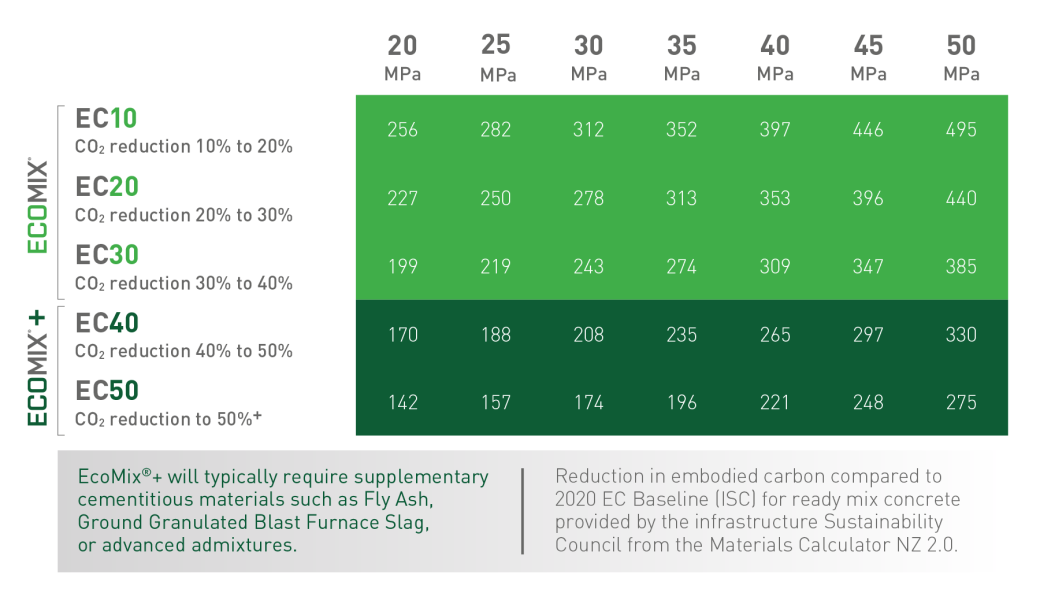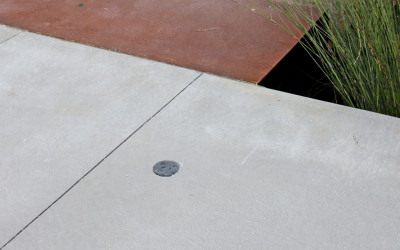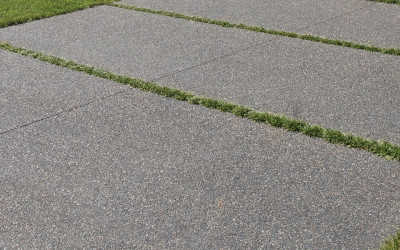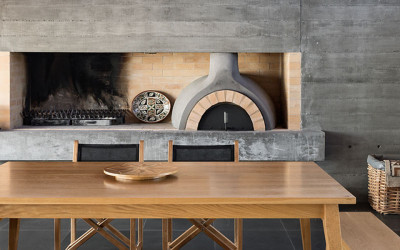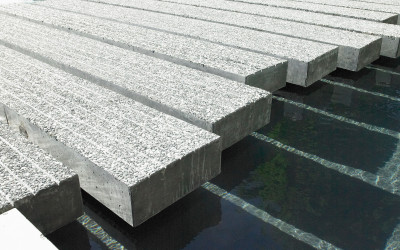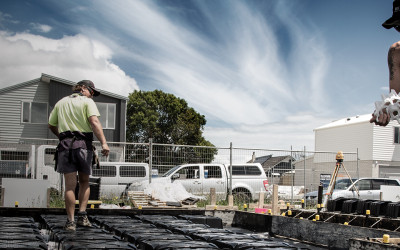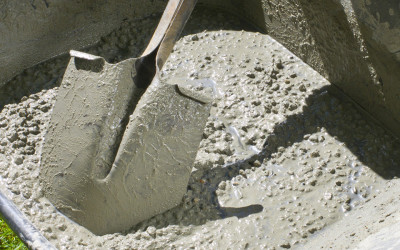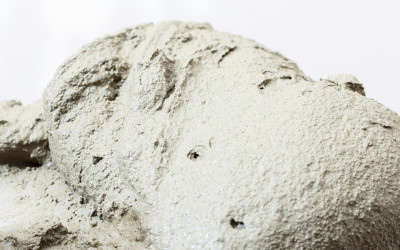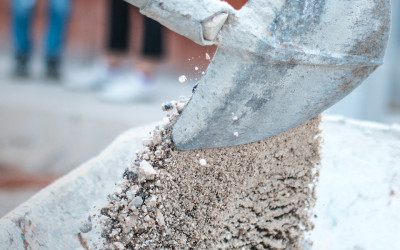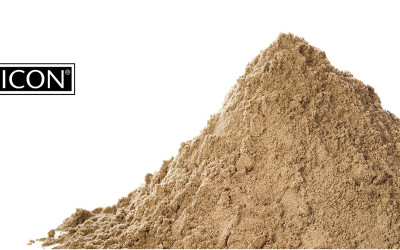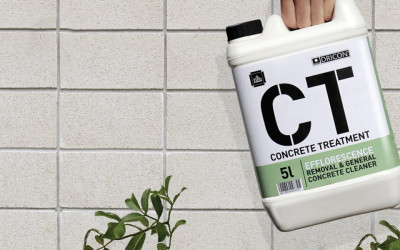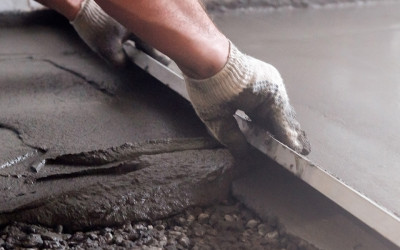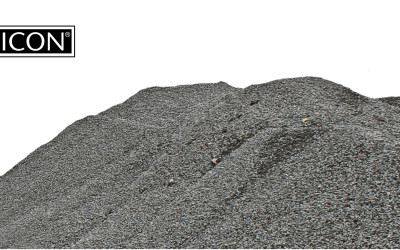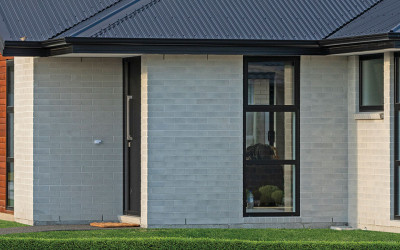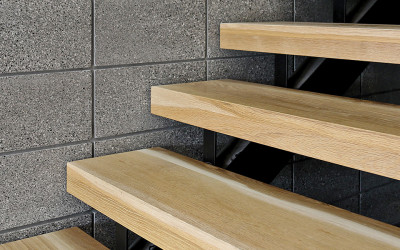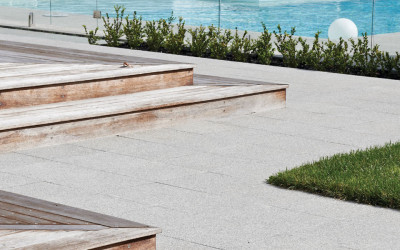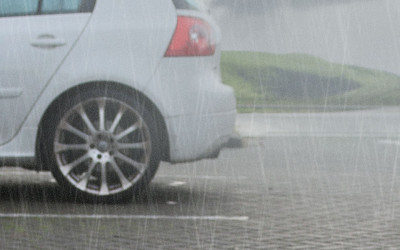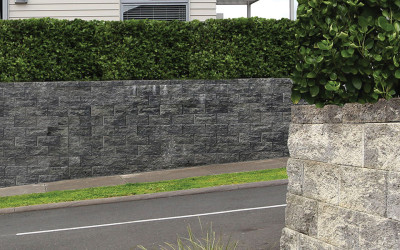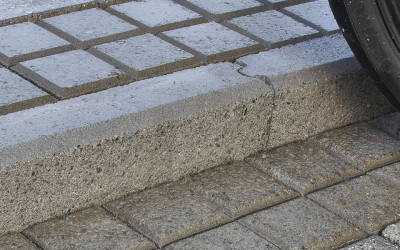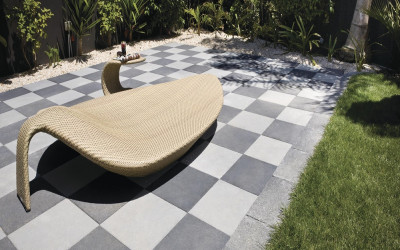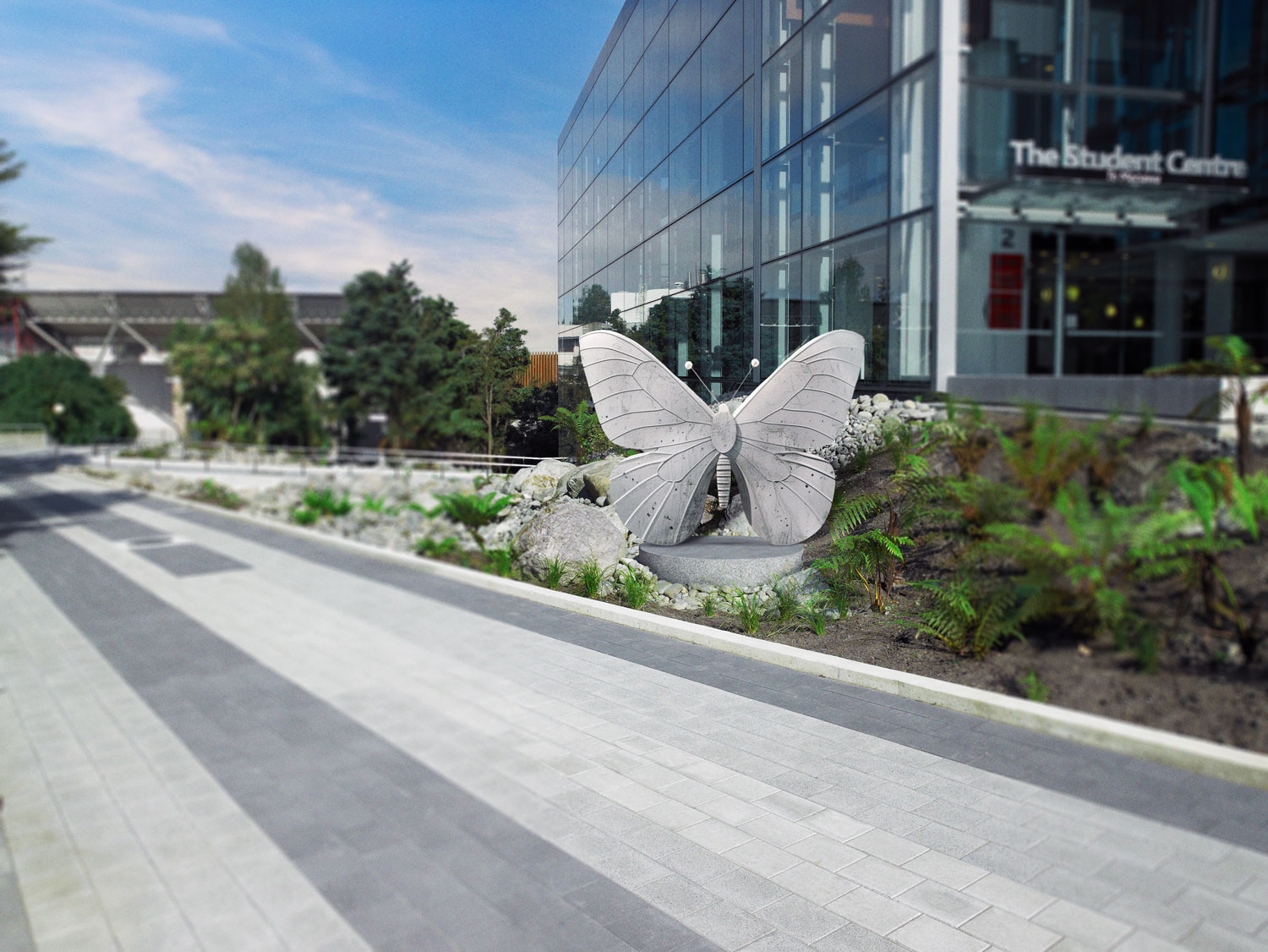The Butterfly Effect
How small changes can make a big difference
Carbon Number?
You might know it as your Carbon Target Number, Carbon Reduction Target, or just your Carbon Number. You may also hear it referred to as a GWP (Global Warming Potential) number.
Whatever you call it, it’s there to help us all reduce our carbon emissions, and you’ll need to know what it is.
Building for climate change
An increasing number of designers are looking to understand what building for climate change means when designing a building and landscape. It’s hard to define; because projects in New Zealand are so unique, our approach to sustainable design will be unique to each project. But one thing we can do is take a holistic view of our projects and look at them with a whole of life approach, and consider that most structures in the built environment are for intergenerational use,so need sustainable materials that’ll last lifetimes.
Material Choices
We've collated some information here to help when thinking about your material choices. The below table gives examples of potential different carbon numbers for materials. These are examples from previous projects but gives you a guide to get started. Firth can calculate the exact carbon number for your concrete for each specific project. If you give us your target, we can design a mix to meet your needs.
Further below you'll find some useful calculators for working out volumes of concrete and how many pavers you might need as well as links to a specifier guide and our EPD.
Example Carbon Numbers for Various Material Choices
|
Material |
Carbon (Kgs CO2e) |
Material |
Carbon (Kgs CO2e) |
|
Baseline Concrete 100mm depth 20MPa Concrete + 100mm Depth AP40 Basecourse |
27.85kg CO2/m² |
600x450x65mm granite pavers laid on Steintec Tuffbond Bed laid on top of concrete sub-base. 150mm 25mpa insitu concrete reinforcing. 100mm thick layer of AP40 basecourse |
89.95 kg CO2/m² |
|
Low Carbon Concrete 100mm depth 20MPa Firth EcoMix Concrete + 100mm Depth AP40 Basecourse |
23.05kg CO2/m² |
600x450X65mm granite pavers laid on 30mm layer of bedding sand laid on 100mm thick layer of AP40 basecourse. |
18.70 kg CO2/m² |
|
Asphalt 25mm Asphalt Layer + 300mm AP40 Basecourse |
17.18kg CO2/m² |
Stone Pavers Vehicle grade paving on sand, ranging from 100x200 up to 100x300. |
28.4 kg CO2/m² |
|
Decking Timber posts, joints, bearer & boards |
18.64kg CO2/m² |
Holland 50mm Black Sands 50mm Depth + 100mm AP40 Basecourse |
13.986kg CO2/m² |
|
FlowPave 80mm Black Sands 80mm Depth + 100mm AP40 Basecourse |
21.756kg CO2e/m² |
To view details on our range of products, please download our product specific brochures here
Embodied Carbon (EC), Measuring Reduction
The EC Rating has been developed to measure the Embodied Carbon reduction of Firth concrete relative to the Infrastructure Sustainability Council (ISC) 2020 baseline. Firth standard concrete is supplied at an EC10 level with a 10-20% carbon reduction*.
